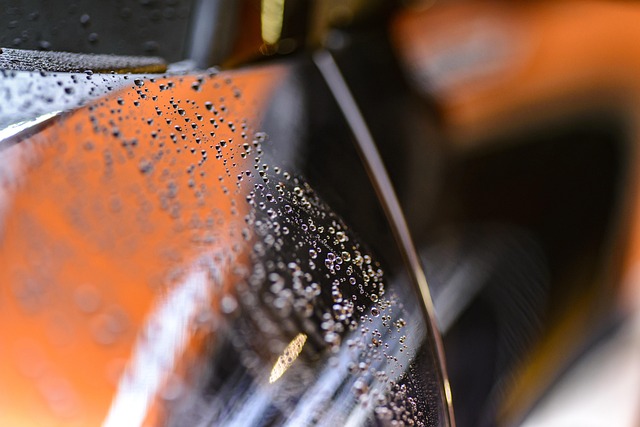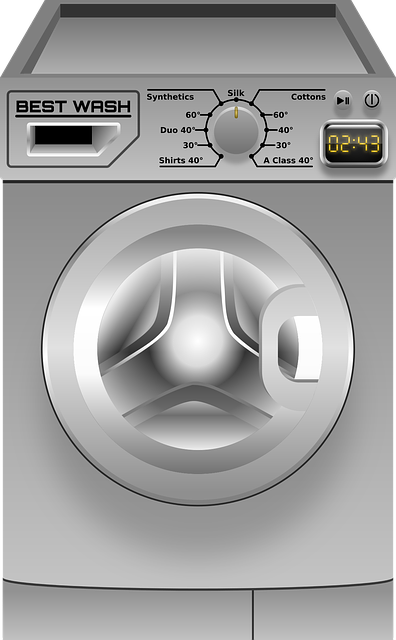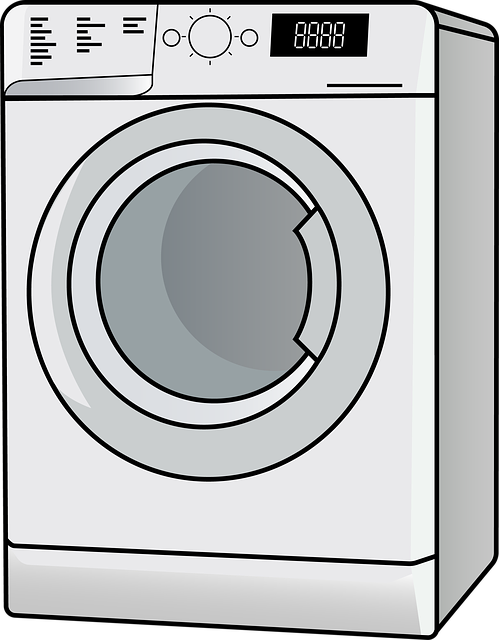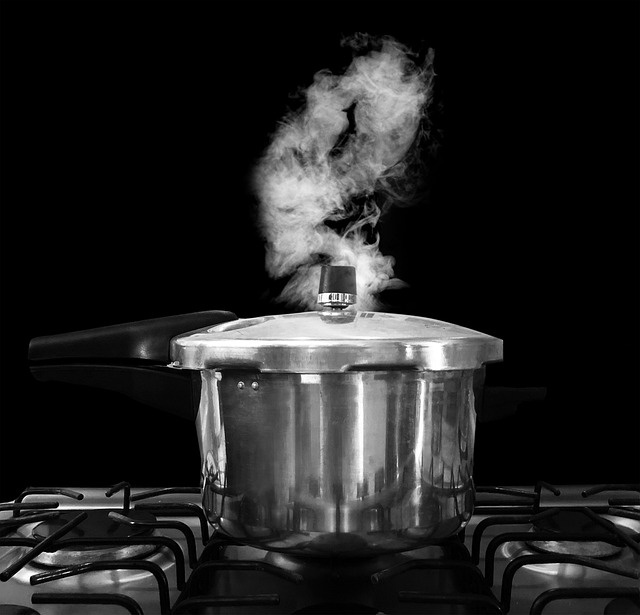In Houston’s humid climate, roofs and exterior surfaces often fall victim to unsightly algae, mold, and mildew growth. These organisms not only detract from your property’s aesthetics but can also lead to structural damage. Fortunately, Houston pressure washing services offer a powerful solution. This comprehensive guide explores effective removal techniques using pressure washing, delving into the science behind it, professional services available, and essential preventative measures to keep these issues at bay.
- Understanding Algae, Mold, and Mildew: Common Roof and Surface Issues in Houston
- The Power of Pressure Washing: A Effective Solution for Removal
- Professional Houston Pressure Washing Services: What to Expect
- Preventative Measures: Protecting Your Roof and Surfaces Post-Cleaning
Understanding Algae, Mold, and Mildew: Common Roof and Surface Issues in Houston

Algae, mold, and mildew are prevalent issues in Houston’s unique environmental conditions. The city’s warm, humid climate creates a breeding ground for these substances, particularly on rooftops and exterior surfaces. These organisms not only affect the aesthetics of a property but can also lead to more serious structural damage over time.
Houston pressure washing services play a vital role in addressing these concerns. Pressure washing is an effective method to remove stubborn algae, mold, and mildew buildup, restoring the original condition of roofs, walls, and other surfaces. By utilizing powerful water jets, professionals can dislodge and eliminate these growths, preventing further contamination and ensuring a healthier, more visually appealing environment for Houston residents and businesses alike.
The Power of Pressure Washing: A Effective Solution for Removal

Pressure washing is a powerful tool in the arsenal of any Houston pressure washing services provider. It’s an effective and efficient way to remove stubborn algae, mold, and mildew from various surfaces, including roofs, siding, decks, and driveways. The high-pressure water stream acts as a dynamic cleaner, cutting through the roots and spores that hold these unwanted growths in place.
This method offers several advantages. It’s a fast solution, saving time and labor compared to traditional cleaning methods. Moreover, it reaches areas that are hard to access or require minimal physical effort from the cleaner, making it suitable for large-scale projects. The pressure also ensures thorough cleaning, leaving no trace of algae or mold behind.
Professional Houston Pressure Washing Services: What to Expect

When it comes to professional Houston pressure washing services, you can expect a comprehensive and powerful cleaning solution for your roof and other exterior surfaces. These services utilize high-pressure water jets to effectively remove stubborn algae, mold, and mildew buildup, leaving your property looking as good as new.
The process is efficient and tailored to meet specific needs. Expert technicians will assess the condition of your roof and surrounding areas, then use specialized equipment to apply the pressure wash, ensuring minimal disruption to your surroundings. Regular maintenance through Houston pressure washing services can prevent future growth of algae and mildew, preserving the aesthetics and longevity of your roofing system.
Preventative Measures: Protecting Your Roof and Surfaces Post-Cleaning

After effectively removing algae, mold, and mildew with professional Houston pressure washing services, it’s crucial to implement preventative measures to ensure these issues don’t reoccur. One key step is regular inspection of your roof and other surfaces. By staying vigilant, you can catch any early signs of growth before it becomes a full-blown problem.
Regular cleaning and maintenance play a significant role in prevention. Using the right cleaning solutions and ensuring thorough rinsing after pressure washing helps remove any residual buildup. Additionally, applying protective coatings or sealers recommended by roofing experts can create a barrier against moisture, further deterring algae, mold, and mildew growth.
